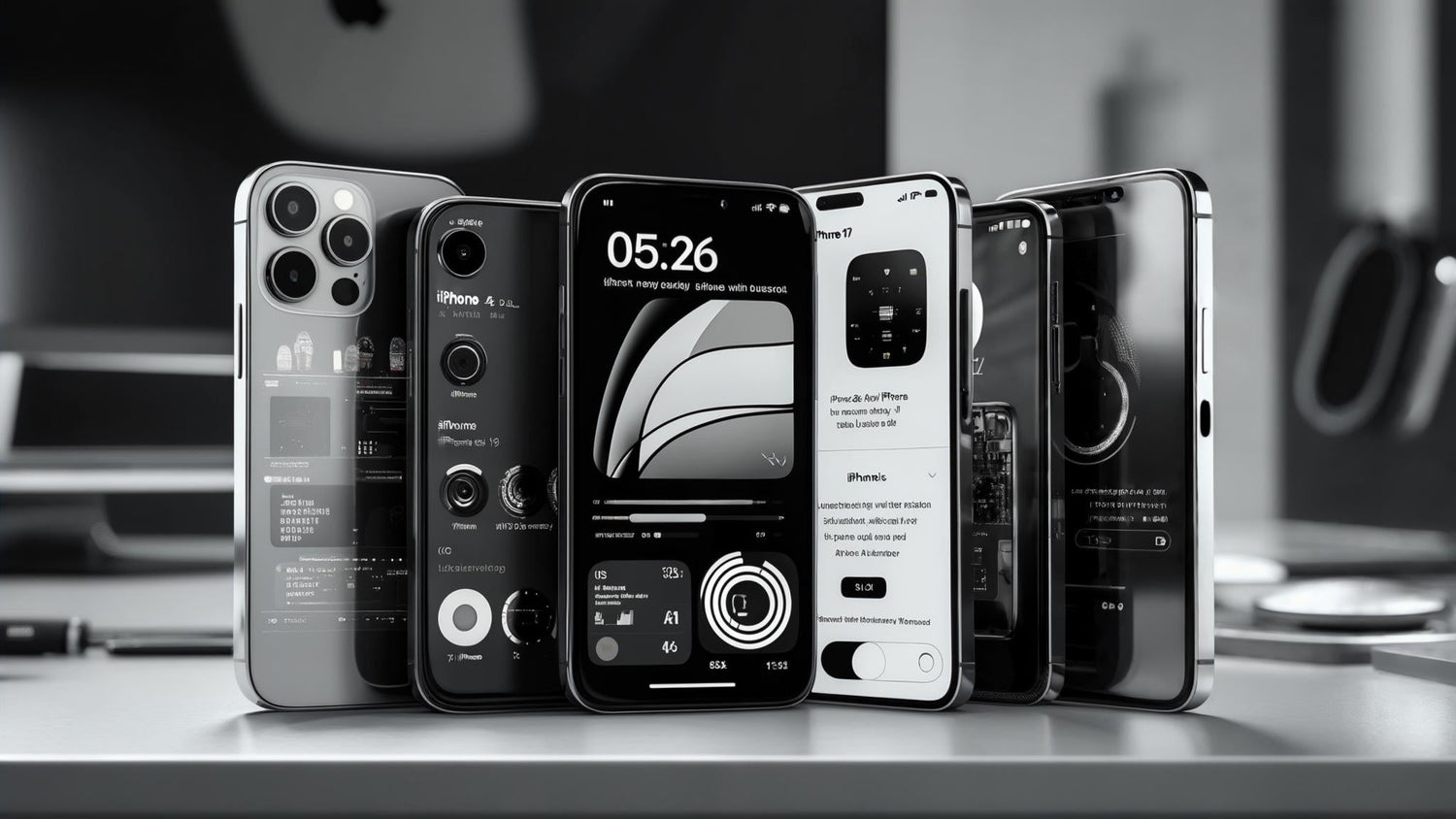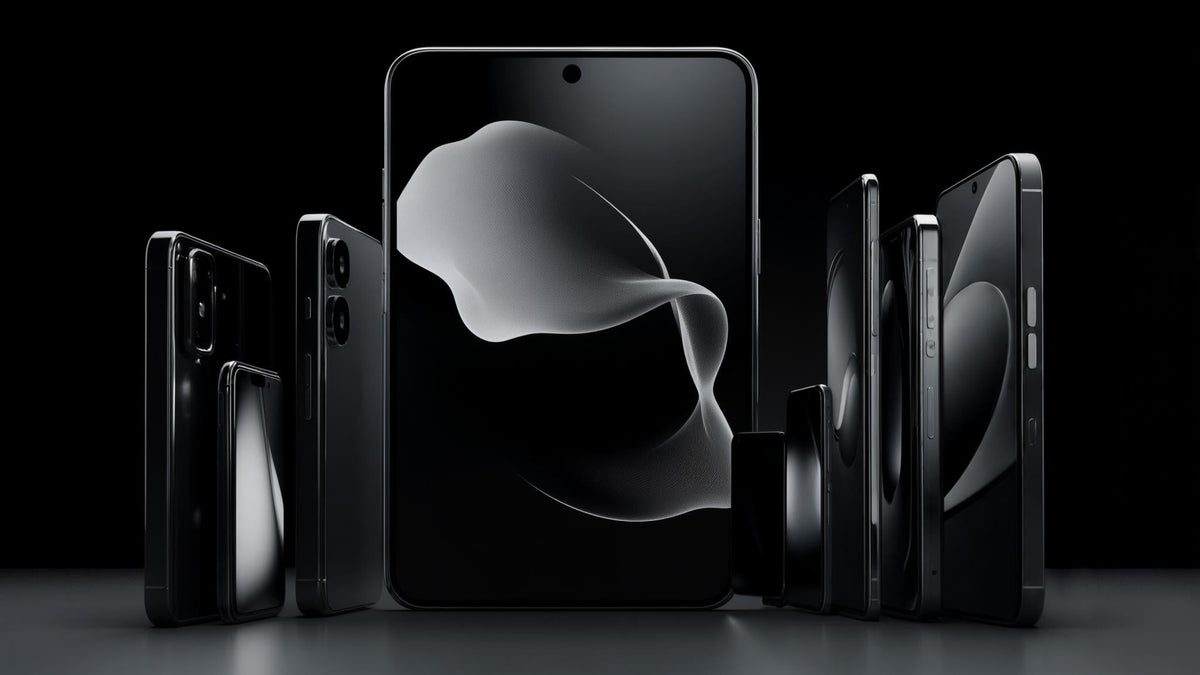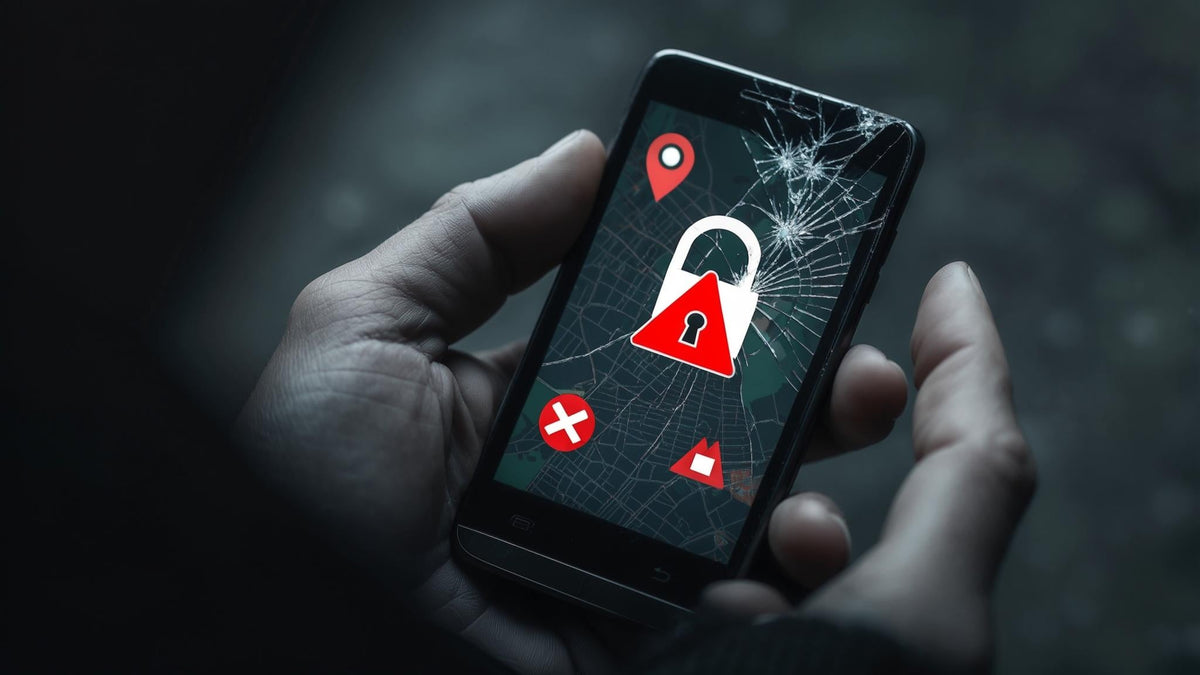Apple's shaking things up with iOS 26, and frankly, it's got a lot of people scratching their heads about whether their phone will still cut it. Here's the deal: only 18 iPhone models made the cut this time around. If you've got an iPhone XS Max or older, you're officially out of luck.
But don't panic just yet – let me walk you through what this actually means for your daily phone use. We'll break down which phones work best, what features you might miss out on, and whether it's worth upgrading. Think of this as your friend giving you the straight talk about iOS 26 compatibility, minus all the marketing fluff.
The reality is that iOS 26 compatibility doesn't just mean your phone can run the software – it's about whether it'll actually run well enough to not drive you crazy. Some of these 18 models will handle everything iOS 26 throws at them, while others will struggle just to keep up with basic tasks.
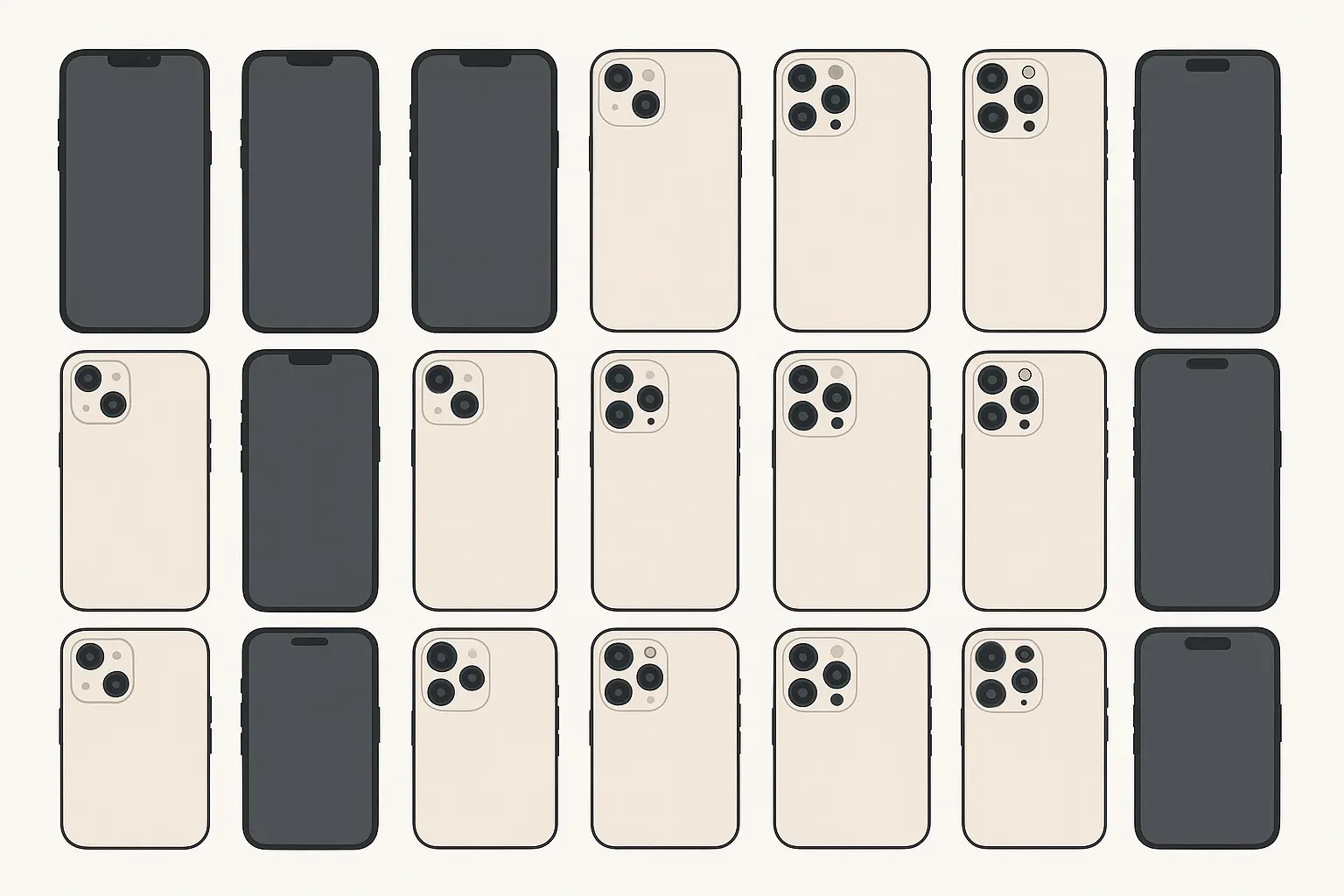
According to 9to5Mac's recent analysis, Apple dropped support for several older devices this time around. I remember when my iPhone XS Max was the pinnacle of smartphone technology – now it's officially considered legacy hardware. The compatibility changes reflect Apple's focus on advanced AI features that need serious processing power.
Here's what's really driving these changes: Apple's new AI features need chips that can handle complex processing without your phone turning into a hand warmer. The security requirements have also gotten more demanding, requiring specific hardware that older phones simply don't have.
Understanding which iPhone models support iOS 26 becomes crucial when considering the latest iPhone 17 rumors and planning your upgrade strategy.
The Four Categories That Actually Matter
Let me break this down in a way that makes sense. Instead of listing 18 individual phones, here are the four categories you need to know about:
The Premium Powerhouses (iPhone 15 Pro and newer Pro models)
These are your heavy hitters. Every iOS 26 feature works perfectly, AI processing is lightning fast, and you won't see any performance hiccups even during intensive tasks.
The Solid Performers (Standard iPhone 15 and newer models)
Good all-around performance for iOS 26, though you'll miss some of the fanciest AI features. Perfect for most people who just want their phone to work well.
The Getting-By Group (iPhone 14 series)
They'll run iOS 26, but you'll notice some slowdowns and missing features. Still usable, but starting to show their age.
The Barely Hanging On (iPhone 13 Pro models)
These are the oldest phones that support iOS 26, and it shows. Basic functionality works, but don't expect a smooth experience.
Premium Powerhouses: The iOS 26 All-Stars
If you've got any Pro model from iPhone 15 onwards, you're golden. They all handle iOS 26 like champs, with the main difference being that newer ones do it faster and with better battery life.
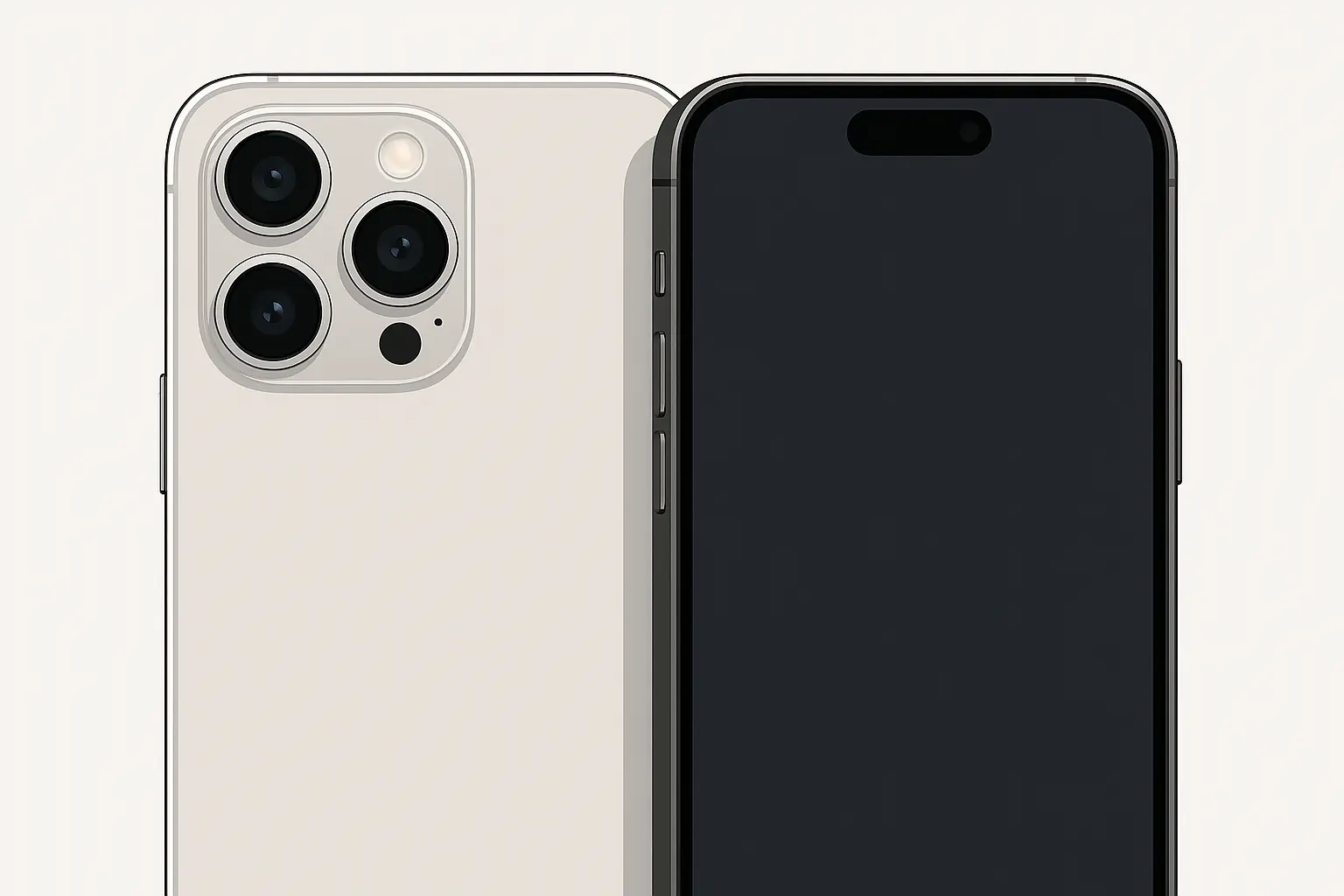
iPhone 17 Pro Max and Pro
These are the absolute best iOS 26 experiences you can get. The projected A18 Pro chip handles everything without breaking a sweat. My friend Sarah shoots weddings, and she swears by her iPhone 17 Pro Max. The thing that blew her mind? She can now adjust background blur and lighting in real-time while shooting. No more hoping she got the shot right – the phone's AI does the heavy lifting while she focuses on capturing the moment.
For professionals who need maximum protection for their investment, Rokform's iPhone 17 Pro Max rugged case ensures your device stays secure while accessing all those iOS 26 features.
iPhone 16 Pro Max and Pro
These have been the iOS 26 workhorses since launch. The A17 Pro chip handles everything current iOS 26 can throw at it, though some future updates might push its limits. Gaming performance is exceptional, and the thermal management keeps everything running smoothly even during marathon sessions.
iPhone 15 Pro Max and Pro
Here's where things get interesting – these are your entry point into full iOS 26 feature access. The A17 Pro chip meets all requirements for Apple Intelligence features, though performance might not match the newer models in the most demanding scenarios. Still, you get complete iOS 26 functionality at a more reasonable price point.
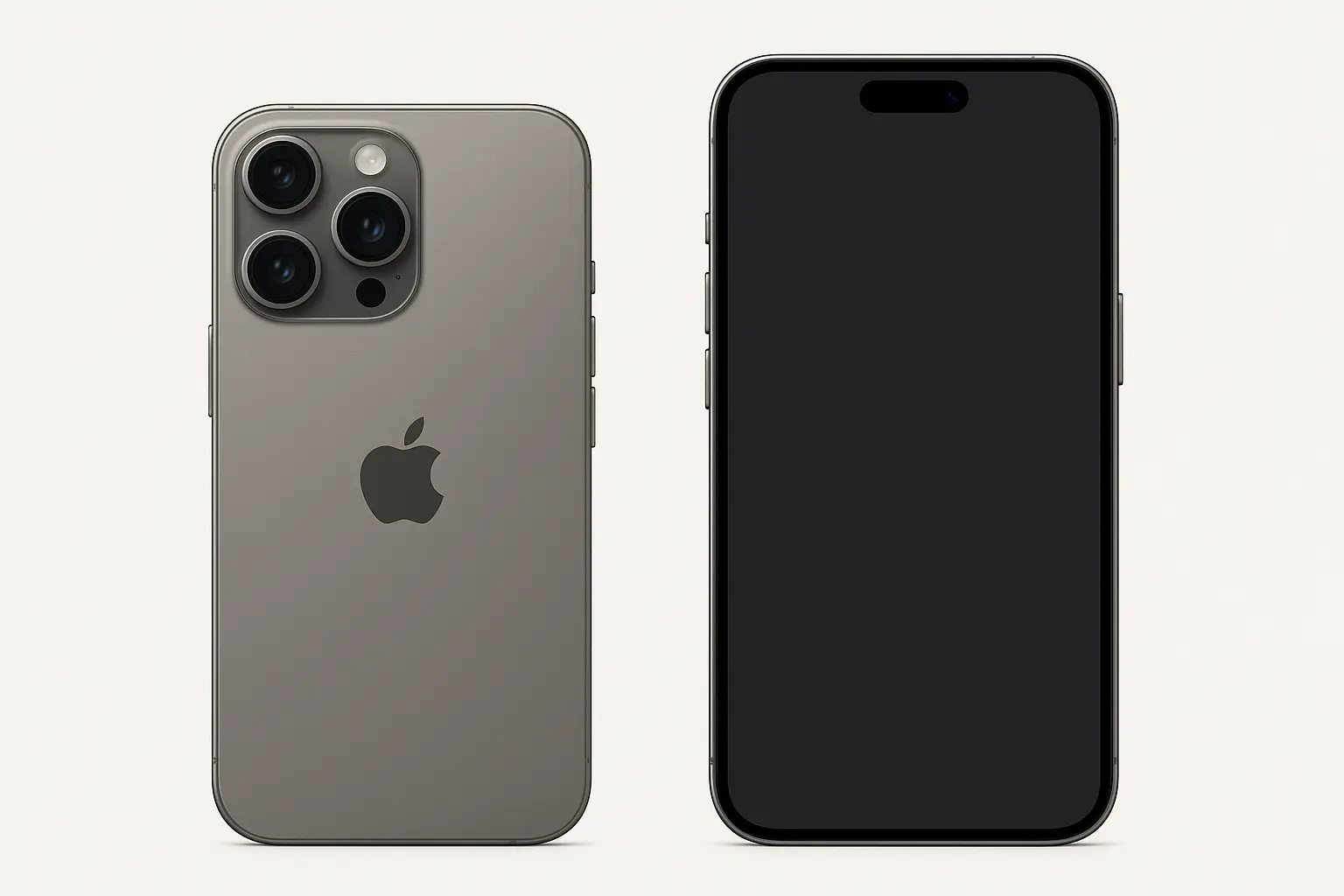
Don't let the smaller size fool you on the regular Pro models – they pack the same processing punch as their Max siblings. The main trade-off is battery life and screen real estate, not performance.
Solid Performers: Great Value, Minor Compromises
The standard iPhone models from 15 onwards give you solid iOS 26 performance without the premium price tag. You'll miss some of the fanciest AI features, but honestly, most people won't notice what they're missing.
iPhone 17 Plus and Standard
The iPhone 17 Plus offers an interesting middle ground. That large display makes iOS 26's multitasking features shine, while the projected A18 chip handles core features smoothly. Battery life is where this model really shines – iOS 26's power optimizations work particularly well with the Plus model's larger battery.
iPhone 16 Plus and Standard
These have proven themselves as reliable iOS 26 platforms. The A16 Bionic chip handles core features well, though some advanced AI processing shows limitations compared to Pro models.
Marcus, a social media content creator I know, relies on his iPhone 16 Plus for iOS 26's enhanced video editing capabilities. While he can't access the most advanced AI features available on Pro models, the large screen makes timeline editing more precise, and the extended battery life lets him film and edit content all day without worrying about power management.
iPhone 15 Plus and Standard
The budget-friendly entry into current iOS 26 compatibility. The iPhone 15 represents the entry level, and while its A16 Bionic chip manages core features reasonably well, you'll notice performance differences in demanding applications.
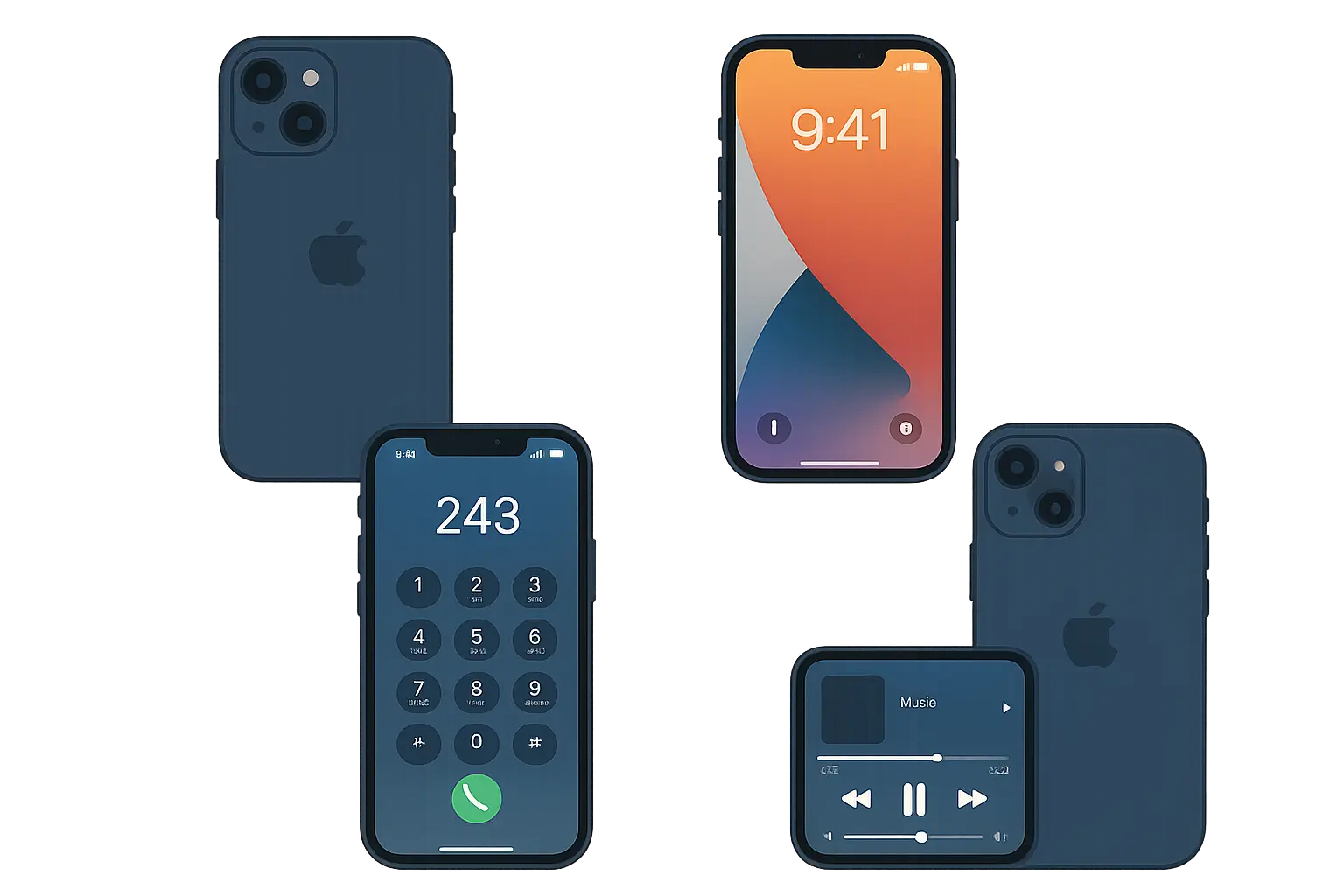
Getting-By Group: Showing Their Age
Now we're getting into the phones that technically support iOS 26 but with some real compromises. The iPhone 14 series can run the software, but you'll definitely feel the limitations.
The iPhone 14 Pro Max and Pro still deliver decent performance with their A16 Bionic processors, but they can't access the newest Apple Intelligence features. Pro camera features continue working well with iOS 26's improvements, though some advanced computational photography remains off-limits.
The standard iPhone 14 Plus and iPhone 14 represent the lower end of acceptable iOS 26 performance. The A15 Bionic chip struggles with demanding features while handling basic functionality reasonably well. You'll notice slower app launches, occasional stuttering with intensive tasks, and limited access to advanced features.
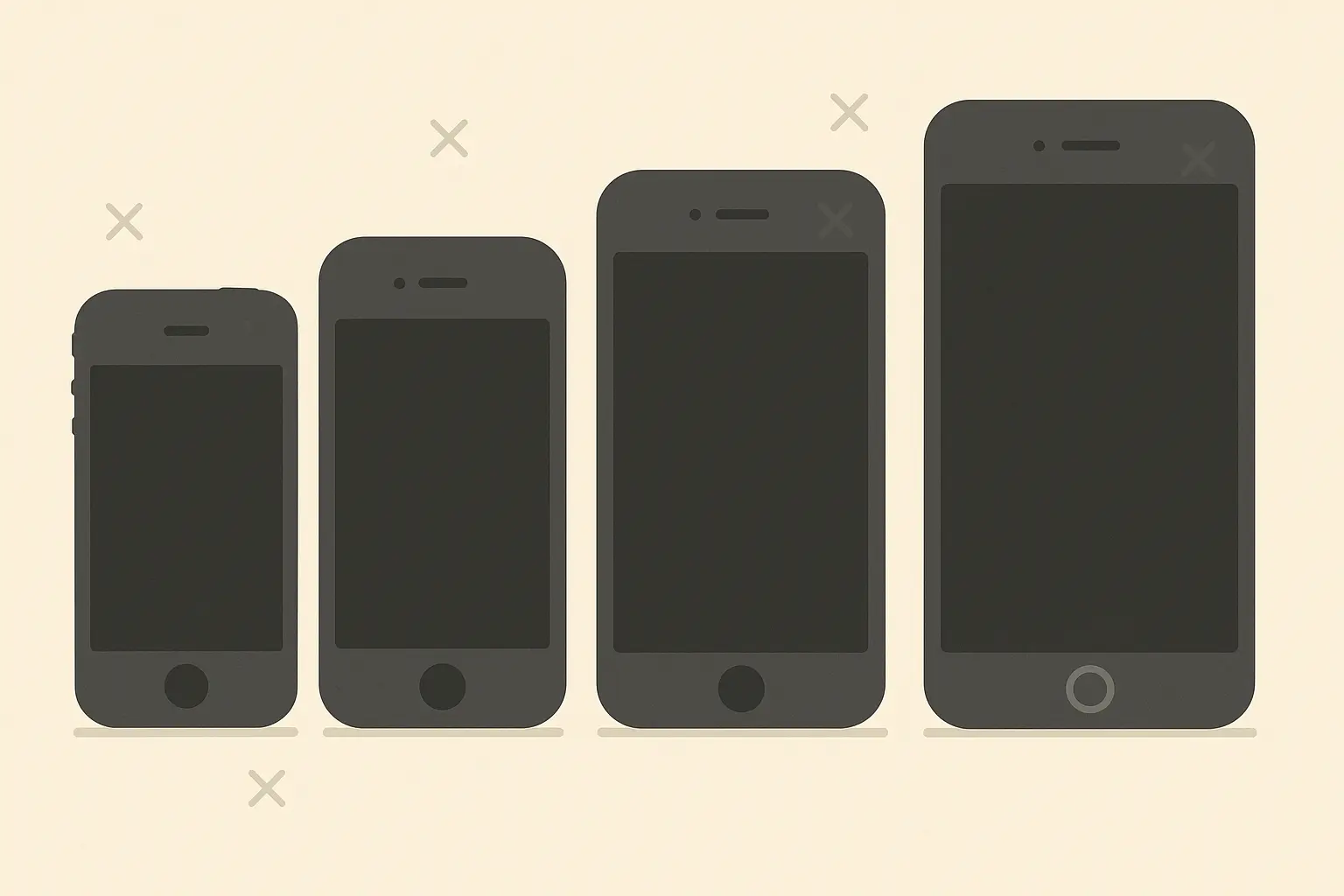
Barely Hanging On: The Minimum Viable Option
The iPhone 13 Pro Max and iPhone 13 Pro mark the absolute bottom of iOS 26 compatibility. These phones can technically run the software, but the experience falls short of what most people expect from modern iOS functionality.
Jennifer, a college student I know, continues using her iPhone 13 Pro with iOS 26 despite its limitations. While she experiences slower app switching and can't access advanced AI features, the device still handles her essential needs: texting, social media, basic photography, and navigation. She notices longer loading times when multitasking between apps and occasional lag during video calls, but the core iOS 26 functionality allows her to stay connected without the expense of upgrading.
Performance limitations become obvious during everyday usage, with slower app launches, reduced multitasking capability, and frequent background app refreshing. The A15 Bionic processor works harder to manage iOS 26's requirements, which also means reduced battery life.
What This Means for Your Storage
Here's the real talk on storage: iOS 26 is hungry. The base system installation eats up about 25GB right off the bat, which is significantly more than previous versions. If you've got a 128GB phone, that's a quarter of your space gone before you even add your photos, apps, and music.
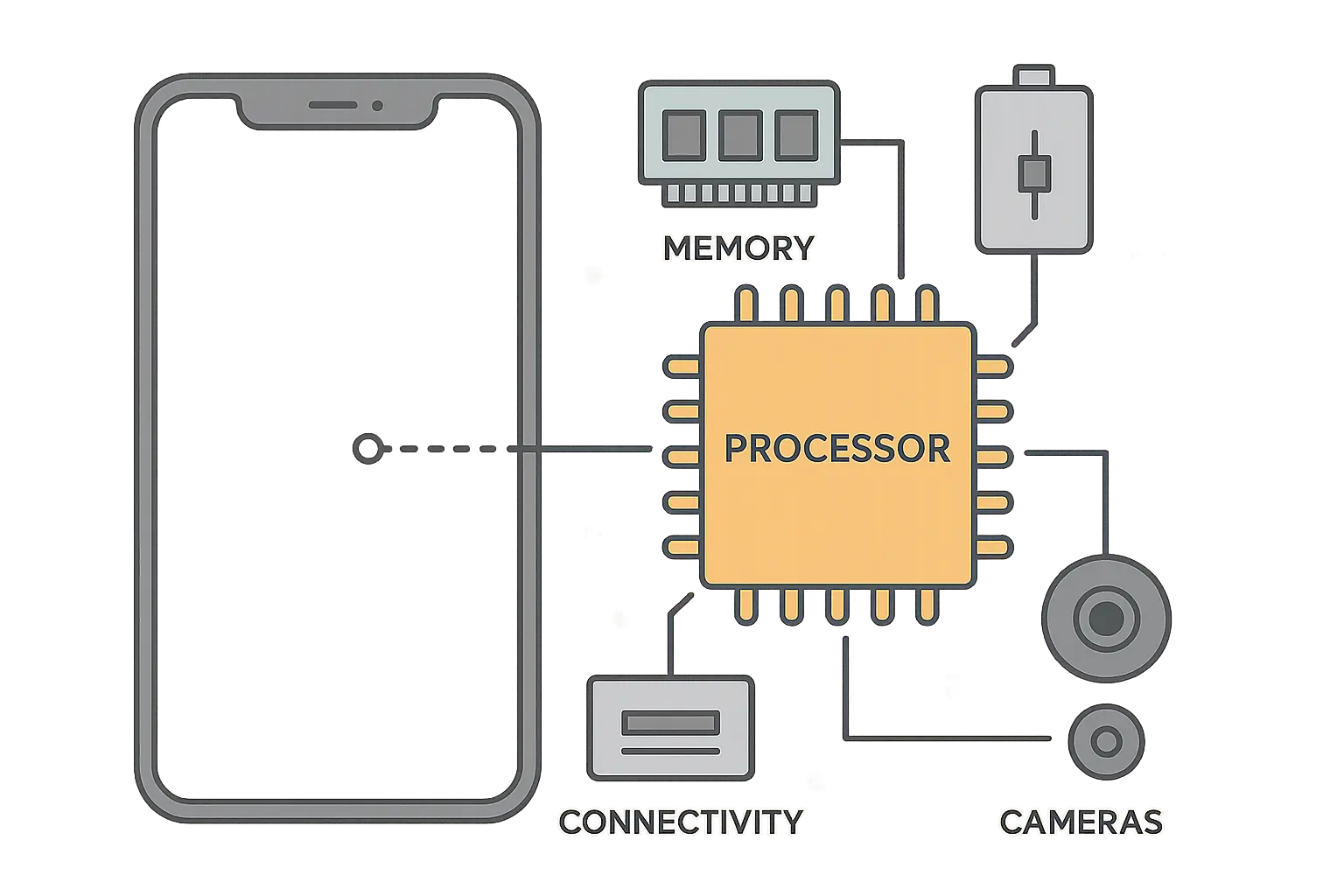
Here's why your older iPhone got the boot: iOS 26 needs newer security chips that simply don't exist in phones from 2021 and earlier. It's not Apple being mean – your phone literally can't run the security features safely. The A15 Bionic represents the minimum processor requirement, though performance varies dramatically between chip generations.
256GB is the sweet spot for most people. You'll have enough room for the system, your apps, a decent photo library, and some breathing room for iOS updates. If you're constantly taking photos or videos, or you're into mobile gaming, 512GB starts to make sense.
When considering iOS 26 compatible devices, users should also think about protecting their investment with quality screen protectors that maintain touch sensitivity and display clarity.
The Features You'll Actually Notice
Apple Intelligence creates the biggest divide between iOS 26-compatible models. Only the A17 Pro and newer processors can access the full suite of AI capabilities – things like advanced language processing, real-time translation, and intelligent photo editing that actually works well.
Standard models get basic AI features, but they miss the sophisticated stuff that makes you go "wow." It's like having a smart assistant that can answer simple questions but can't help with complex tasks.
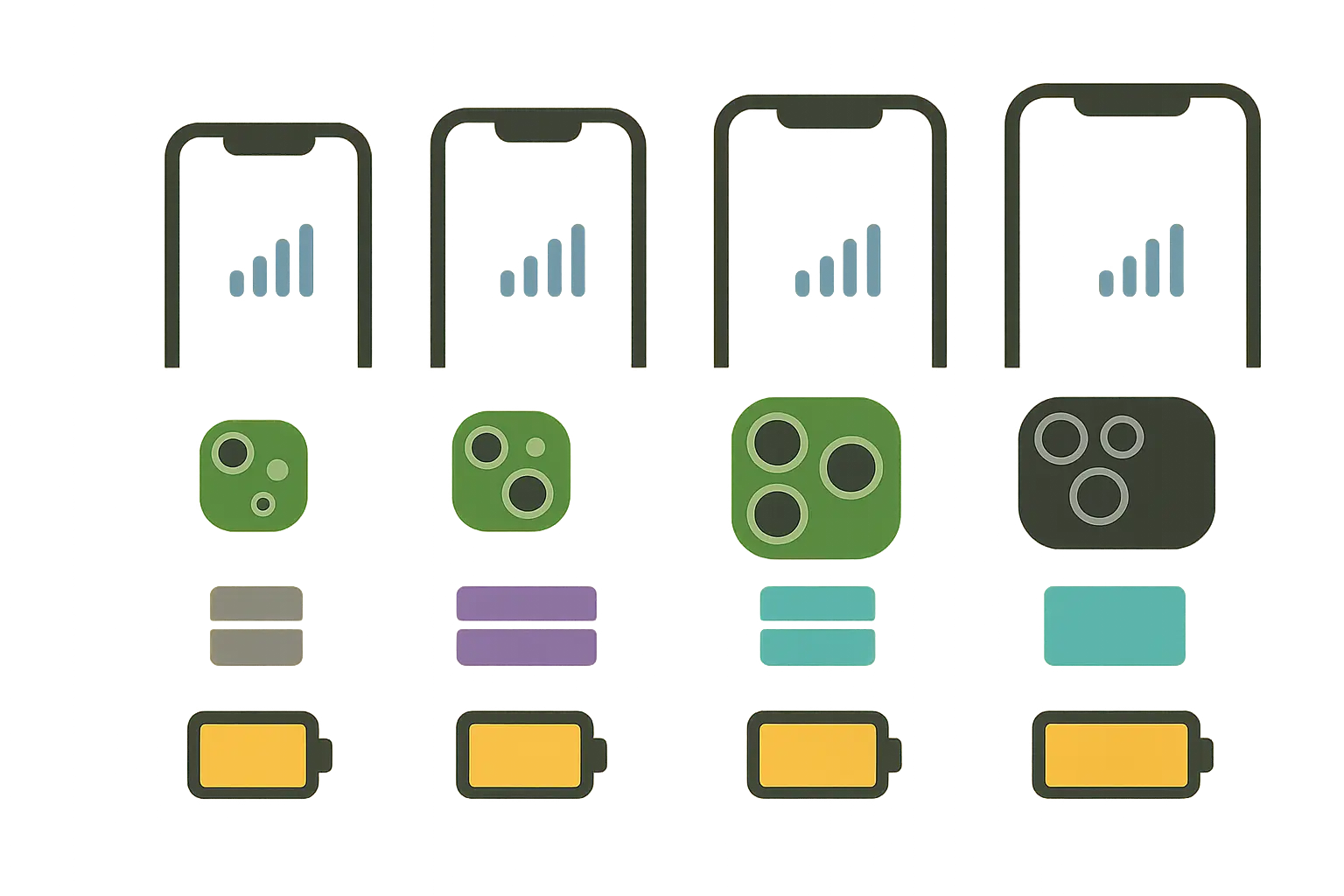
Camera improvements vary substantially too. Pro models with advanced camera hardware get comprehensive computational photography enhancements, while standard models receive basic improvements. If photography is important to you, the Pro models are worth the extra cost.
AR and gaming show clear performance tiers. Newer models handle complex AR applications smoothly while older devices struggle with frame rates and thermal management. If you're into mobile gaming, you'll definitely notice the difference between a Pro model and an older compatible device.
Performance Reality Check
Let's be honest about what to expect from each category:
Premium Pro models deliver the iOS 26 experience Apple intended. Smooth animations, instant app launches, seamless multitasking – everything just works the way it should.
Standard current generation models provide good iOS 26 performance for everyday tasks. You might notice occasional slowdowns with intensive multitasking or advanced camera features, but core functionality remains smooth and responsive.
Recent previous generation models show more noticeable performance compromises. App launches take longer, multitasking becomes more limited, and advanced features may work slowly or inconsistently. Still usable for basic tasks, but you'll feel the limitations.
Borderline compatibility models struggle with iOS 26's demands. Frequent slowdowns, limited multitasking capability, and reduced battery life are the norm. These provide basic iOS 26 access but fall short of delivering a satisfying user experience.
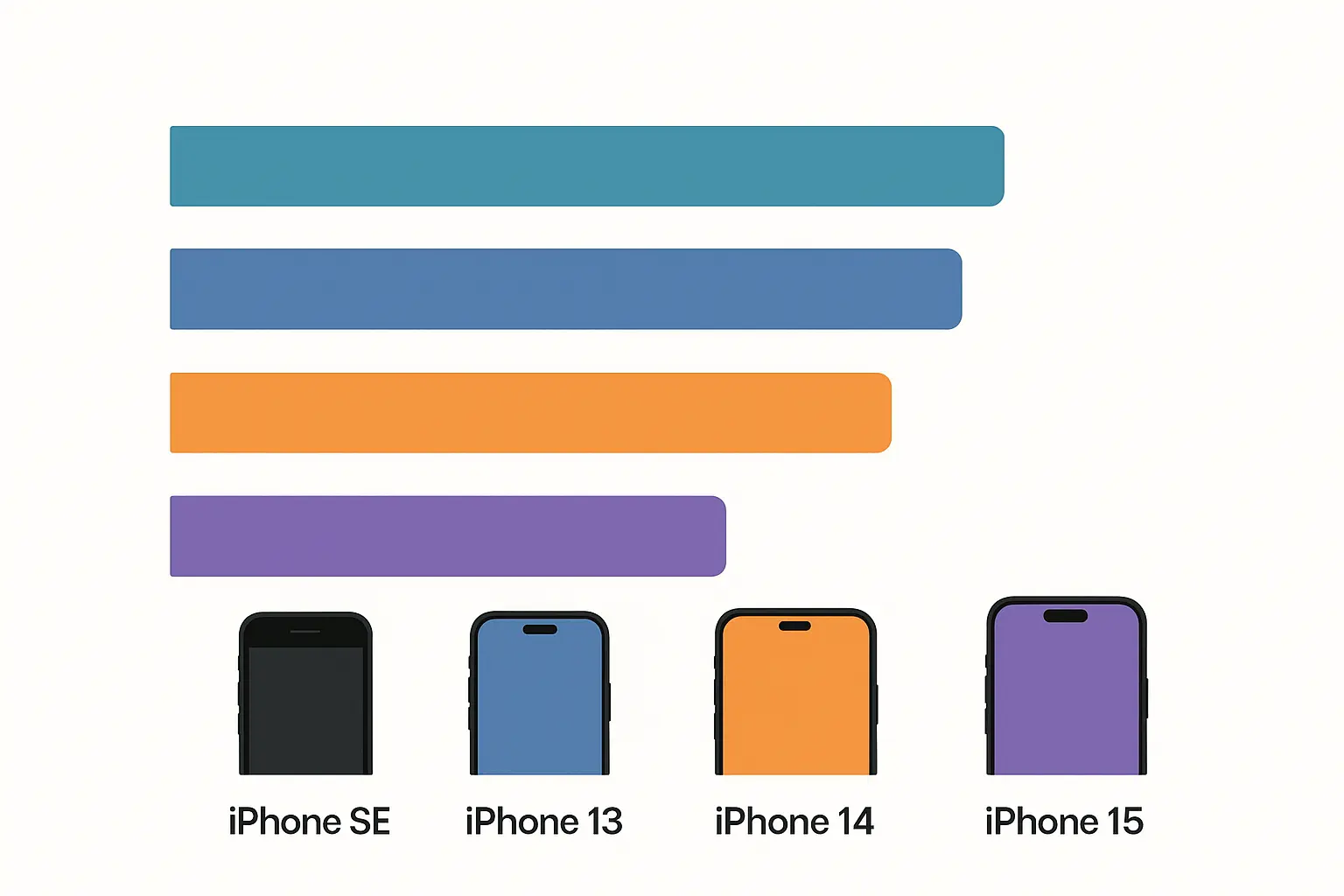
Protecting Your Investment
Whatever phone you choose, you'll want to protect it – dropping a $1,000+ device isn't fun for anyone. Your iOS 26-compatible iPhone represents a substantial investment in cutting-edge technology, and keeping it safe makes financial sense.
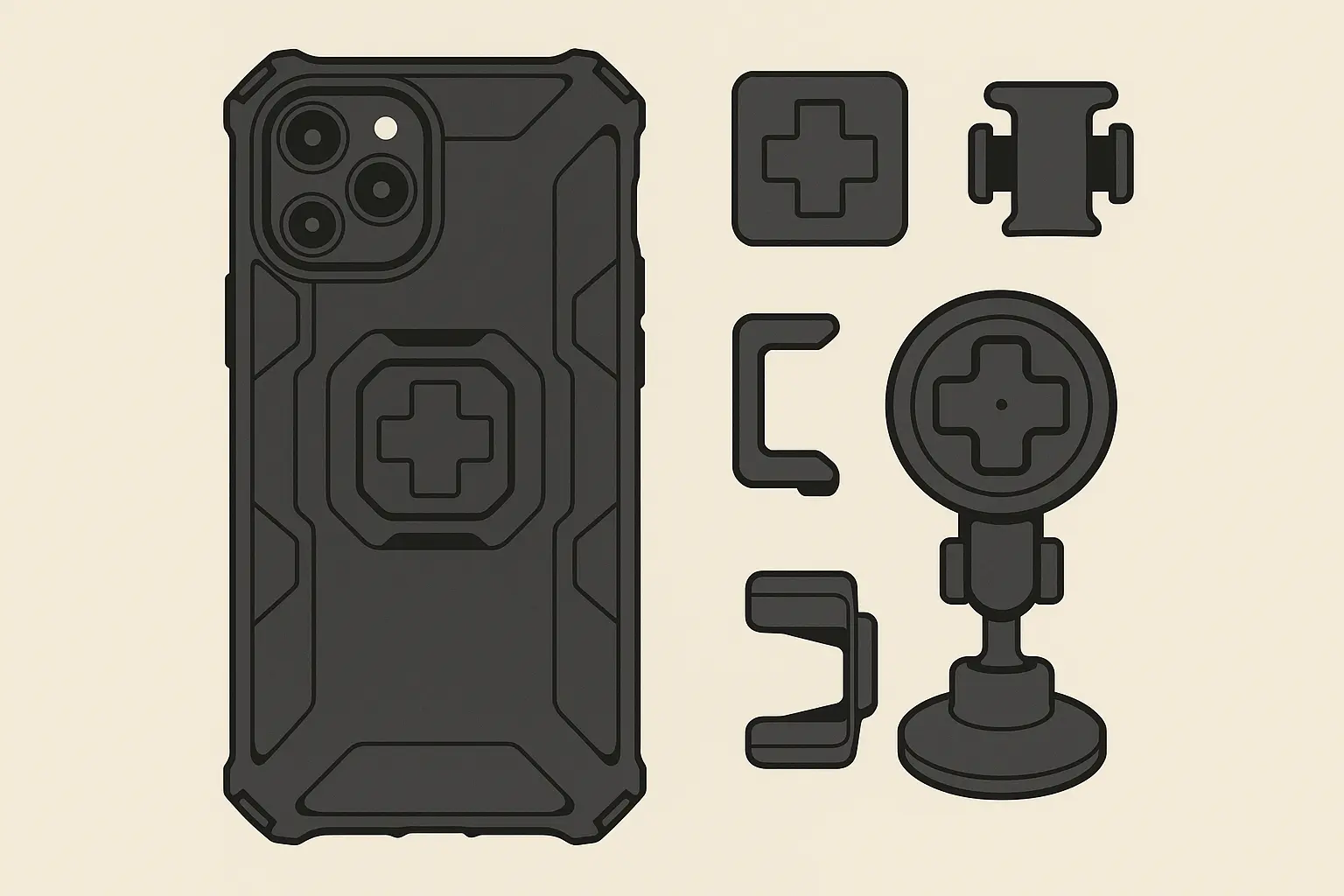
Professional users who rely on iOS 26's advanced features need protection that matches their device's capabilities. Whether you're using your iPhone's improved GPS capabilities on a motorcycle, capturing content with iOS 26's advanced camera features, or accessing professional applications in demanding environments, quality protection keeps your device operational when you need it most.
For motorcycle enthusiasts using iOS 26's enhanced navigation features, choosing the best motorcycle phone mount ensures reliable access to GPS and communication features during rides.
For users maximizing their iOS 26 experience, wireless charging solutions help maintain device performance by reducing wear on charging ports during frequent daily charging cycles.
Should You Upgrade?
Bottom line? If your phone's on the compatibility list and it's working fine for you, don't stress about upgrading just yet. But if you're already dealing with slow performance, running out of storage, or missing features you actually want, iOS 26 might be the perfect excuse to finally treat yourself to something new.
The hardware requirements for iOS 26 signal Apple's direction toward more sophisticated mobile computing. Future iOS versions will likely demand even more processing power, making current Pro models a safer long-term investment. However, the extended compatibility list shows Apple's commitment to supporting older devices where technically feasible.
Your choice should align with your actual usage patterns and performance expectations. Premium Pro models justify their cost for users who demand cutting-edge AI features, professional camera capabilities, and maximum performance. Standard models provide excellent value for everyday iOS 26 usage without premium pricing. Older compatible models work for basic needs but require realistic performance expectations.
The gap between Pro and standard models has widened with iOS 26, while older compatible devices show clear limitations that affect daily usage. Consider these performance tiers carefully when deciding whether to upgrade or continue with your current device. iOS 26 compatibility represents more than just software support – it defines your iPhone's capability to handle modern mobile computing demands for years to come.







